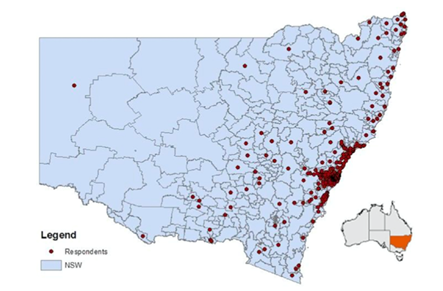Impact of government incentives on the market penetration of electric vehicles in Australia

Electro-mobility and electric vehicles (EVs) are seen by many in developed countries to be further of moblity because of their many potential economic and environmental benefits. Examples of these benefits include lowering the daily travel costs of consumers, reducing greenhouse gas emissions and minimising dependence on oil. However, the market penetration of EV is low in Australia due to few major barries, such as lack of infrastructure, battery technology limitation and high costs on replacing the EV battery.
Consumers' preferences for government incentives were examined in regard to their decision-making in purchasing an EV by apply the latent class model. Parameters of a latent class model were estimated using a stated choice survey from residents of NSW Australia. The results of the model demonstrate that respondents can be classified into five latent segments based on their socio-demographic characteristics. The results of the latent class discrete choice model confirm some of the findings of earlier studies. The main preferences were for the incentives of Rebates on parking fees until 2025, Rebates on upfront cost and Energy Bill discount until 2025. These were the top-three incentives in terms of their positive scaled effectiveness on purchasing probability.
Paper: Gong, S., Ardeshiri, A., & Hossein Rashidi, T. (2020). Impact of government incentives on the market penetration of electric vehicles in Australia. Transportation Research Part D: Transport and Environment, 83. doi:10.1016/j.trd.2020.102353
For more information please contact:
Assoc. Professor Taha Hossein Rashidi
E: rashidi@unsw.edu.au
Shuangqing Gong
E: shuangqing.gong@unsw.edu.au




